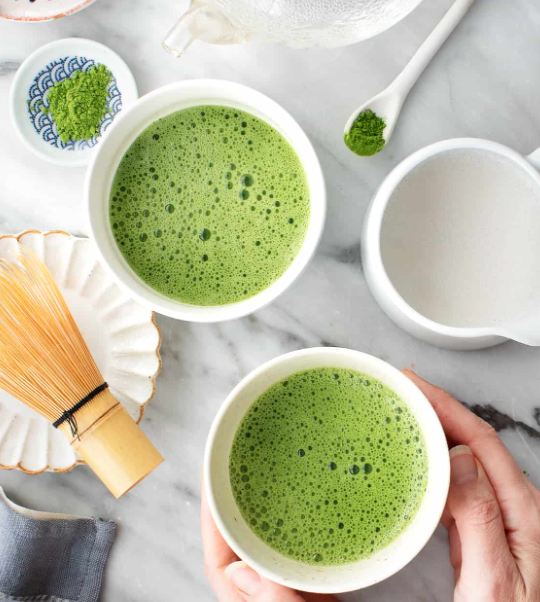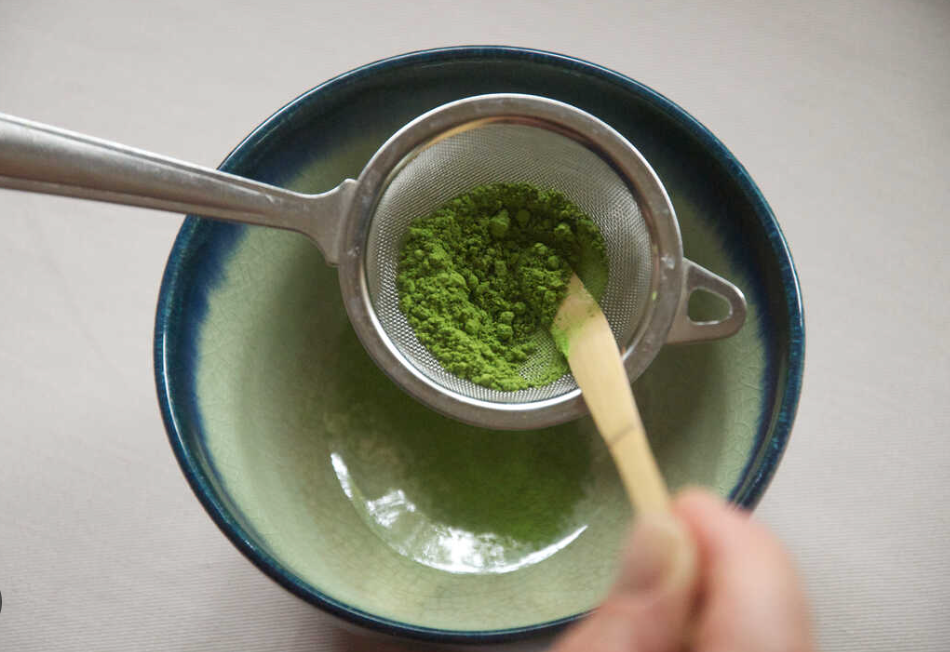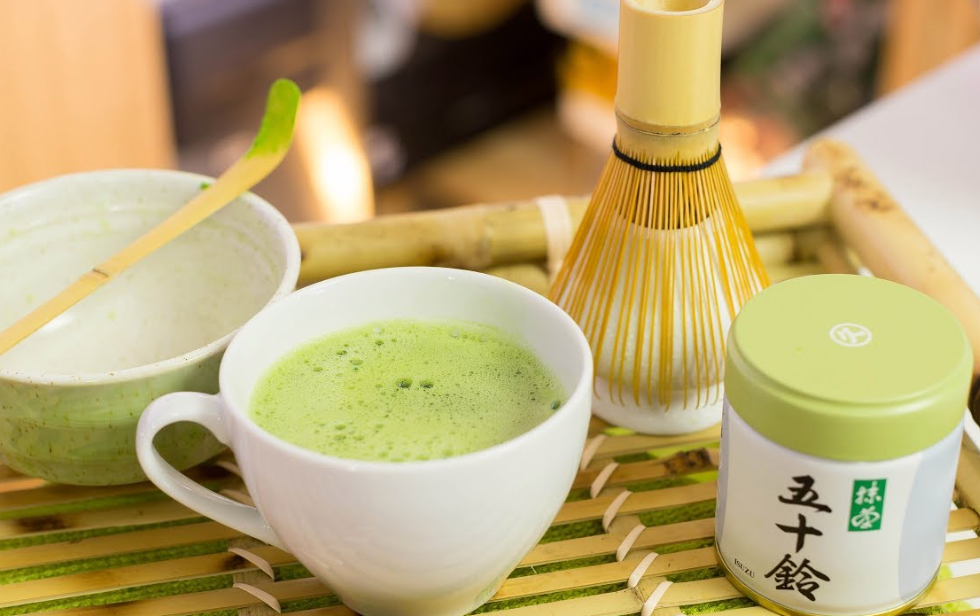
Read time: 2 min
In the quest for holistic well-being, transforming your home into a wellness sanctuary can foster a space that nurtures both your physical and mental health. This blog post delves into the fundamentals of creating a wellness sanctuary with natural products, exploring research-backed approaches to enhance the overall health and harmony of your living space.
The Impact of Home Environment on Well-Being
Research in the Journal of Environmental Psychology emphasizes the profound influence of our home environment on psychological well-being. Factors such as lighting, colors, and the use of natural elements can significantly impact mood, stress levels, and overall mental health. Understanding these dynamics lays the foundation for curating a wellness-centric home.
Natural Lighting and Circadian Rhythms
Natural light exposure plays a pivotal role in regulating circadian rhythms and promoting overall health. Studies, such as those published in the journal Sleep Medicine Reviews, highlight the importance of natural light in supporting quality sleep, mood regulation, and overall well-being. Incorporating large windows, light-colored curtains, and spending time outdoors contributes to a healthier circadian rhythm.
Air Quality and Indoor Plants
Indoor air quality is crucial for respiratory health and overall vitality. Research from the Journal of Physiological Anthropology indicates that indoor plants can improve air quality by reducing pollutants and increasing oxygen levels. Common houseplants like Snake Plant and Peace Lily have been studied for their air-purifying capabilities, making them ideal additions to a wellness sanctuary.
Aromatherapy and Essential Oils
Aromatherapy, using essential oils derived from natural sources, has been linked to various health benefits. Studies, such as those in the journal Evidence-Based Complementary and Alternative Medicine, suggest that inhaling essential oils can influence mood, reduce stress, and enhance relaxation. Incorporating diffusers or natural candles with essential oils like lavender or eucalyptus can create a soothing atmosphere.
Eco-Friendly and Non-Toxic Materials
Research in the International Journal of Environmental Research and Public Health highlights the potential health risks associated with exposure to certain synthetic materials found in conventional home products. Opting for eco-friendly and non-toxic materials, such as organic bedding, natural cleaning products, and low-VOC paints, contributes to a healthier indoor environment.
Natural Textures and Biophilic Design
Biophilic design, incorporating natural elements and textures into home decor, is associated with improved mental well-being. A study in the International Journal of Environmental Research and Public Health suggests that exposure to natural textures and materials has positive effects on stress reduction and emotional well-being. Integrate wooden furniture, stone accents, and organic fabrics to evoke a sense of nature indoors.
Conclusion:
By embracing the principles of a wellness sanctuary at home, rooted in natural elements and research-backed strategies, you can cultivate an environment that promotes overall health and balance. From optimizing natural lighting and improving air quality to incorporating aromatherapy, eco-friendly materials, and biophilic design, each element contributes to a harmonious and nurturing space that supports your well-being on







